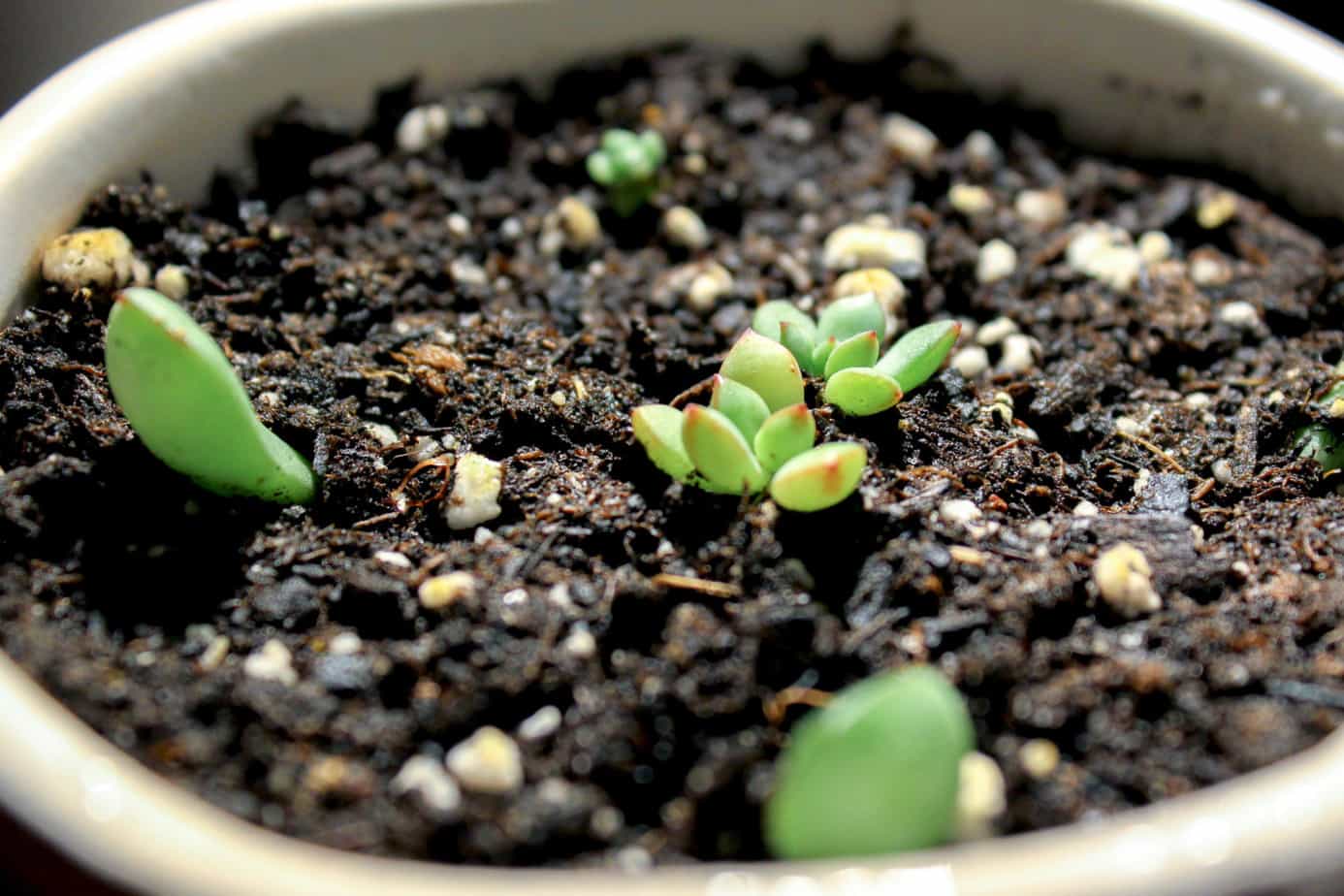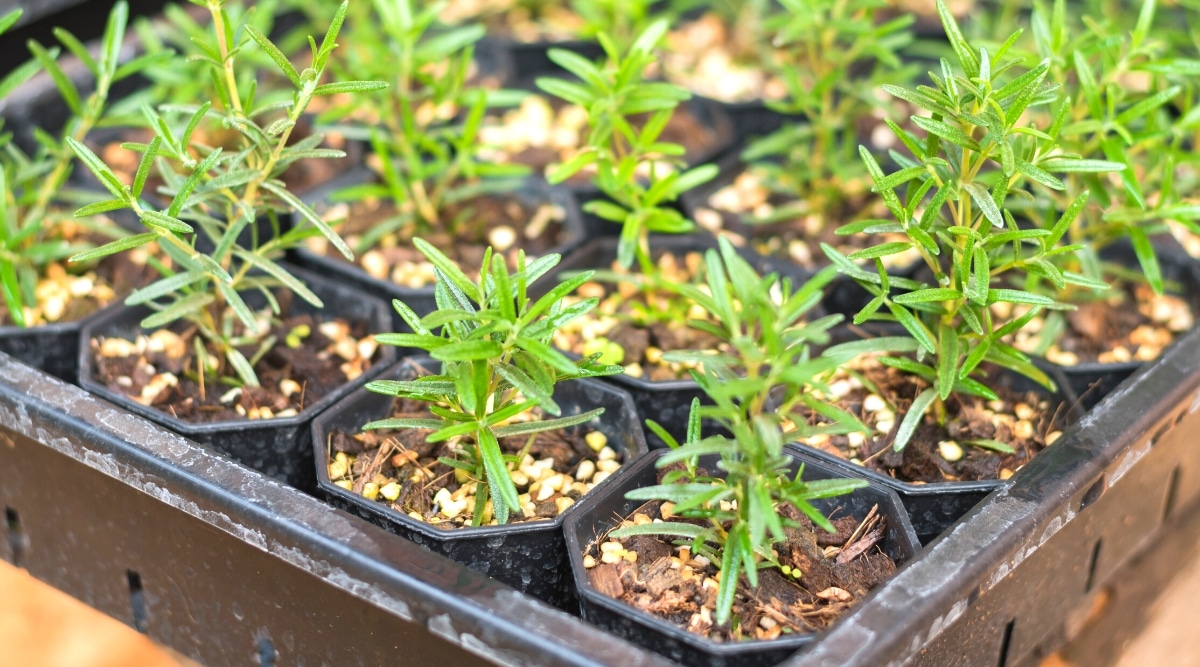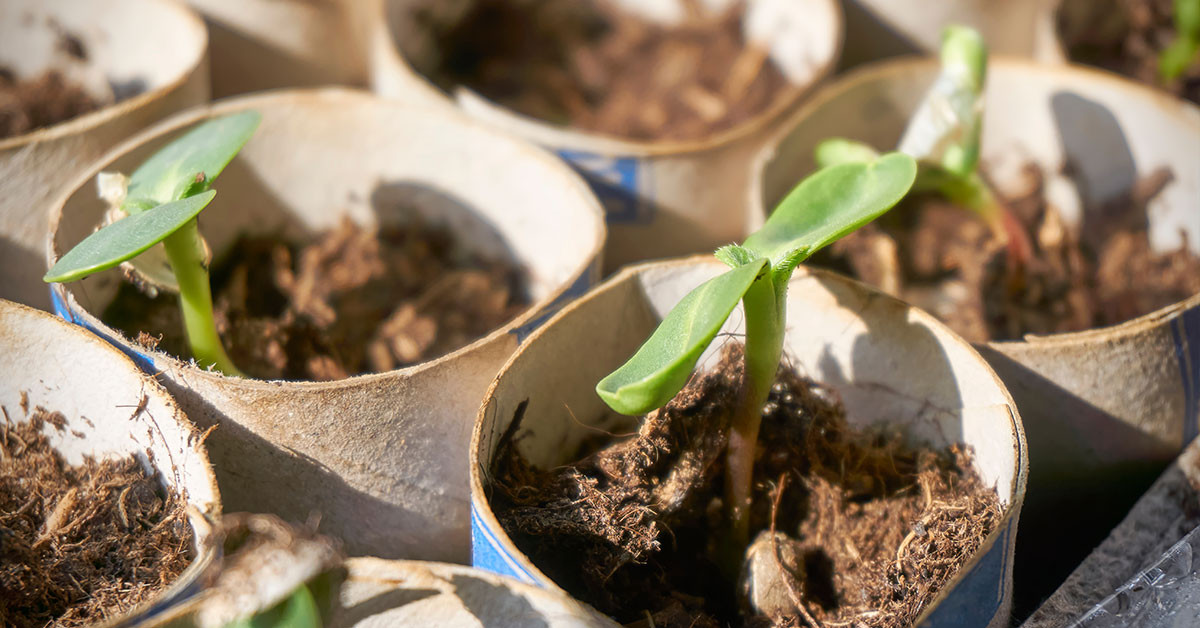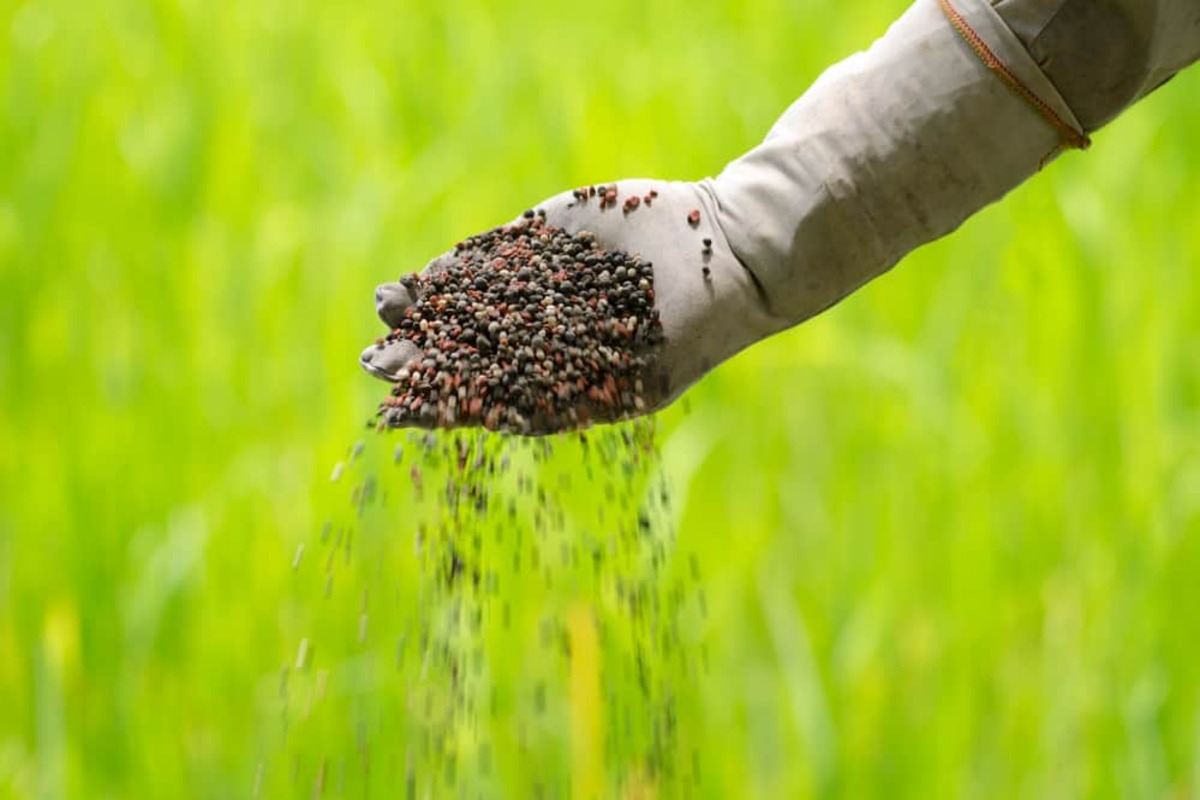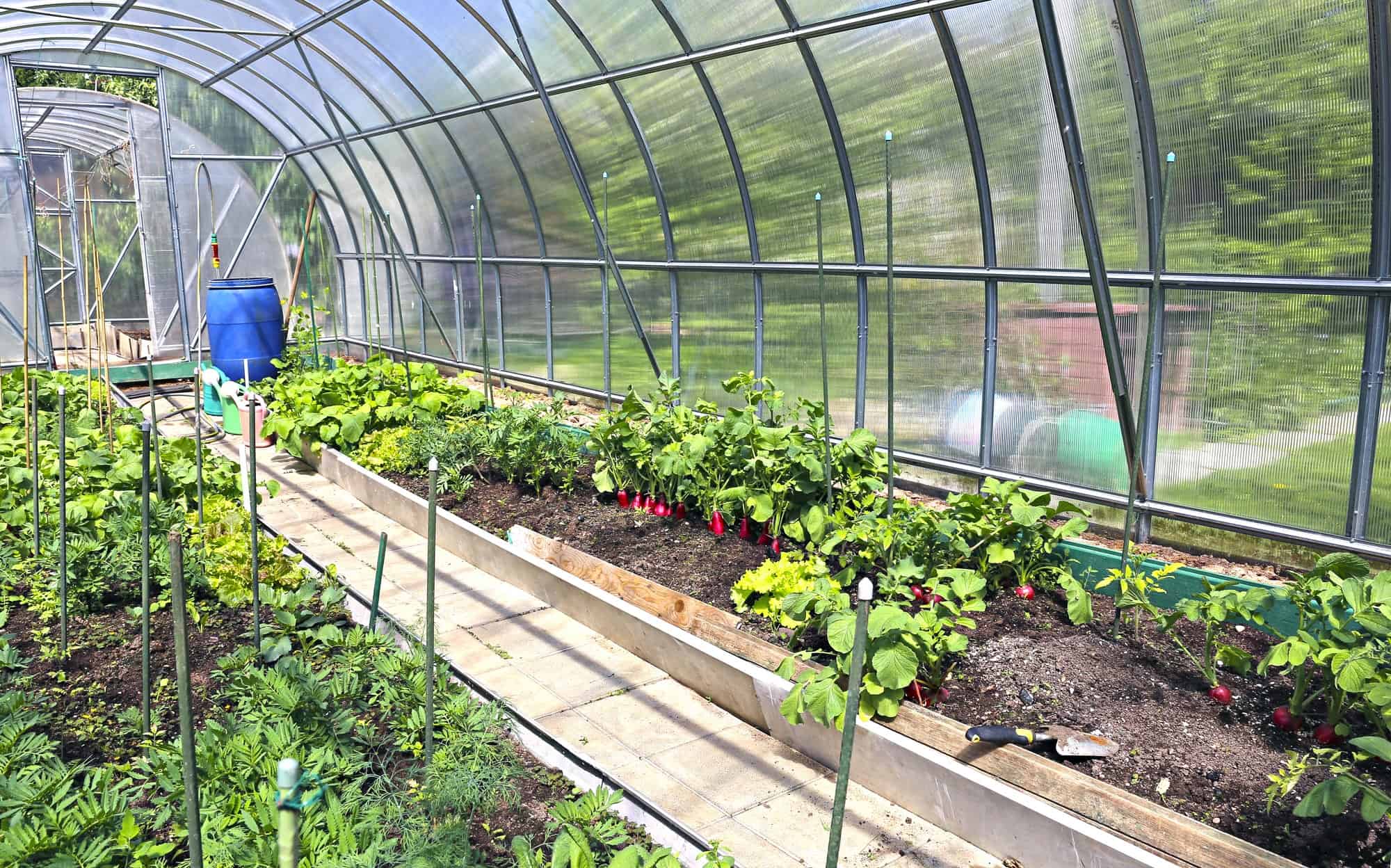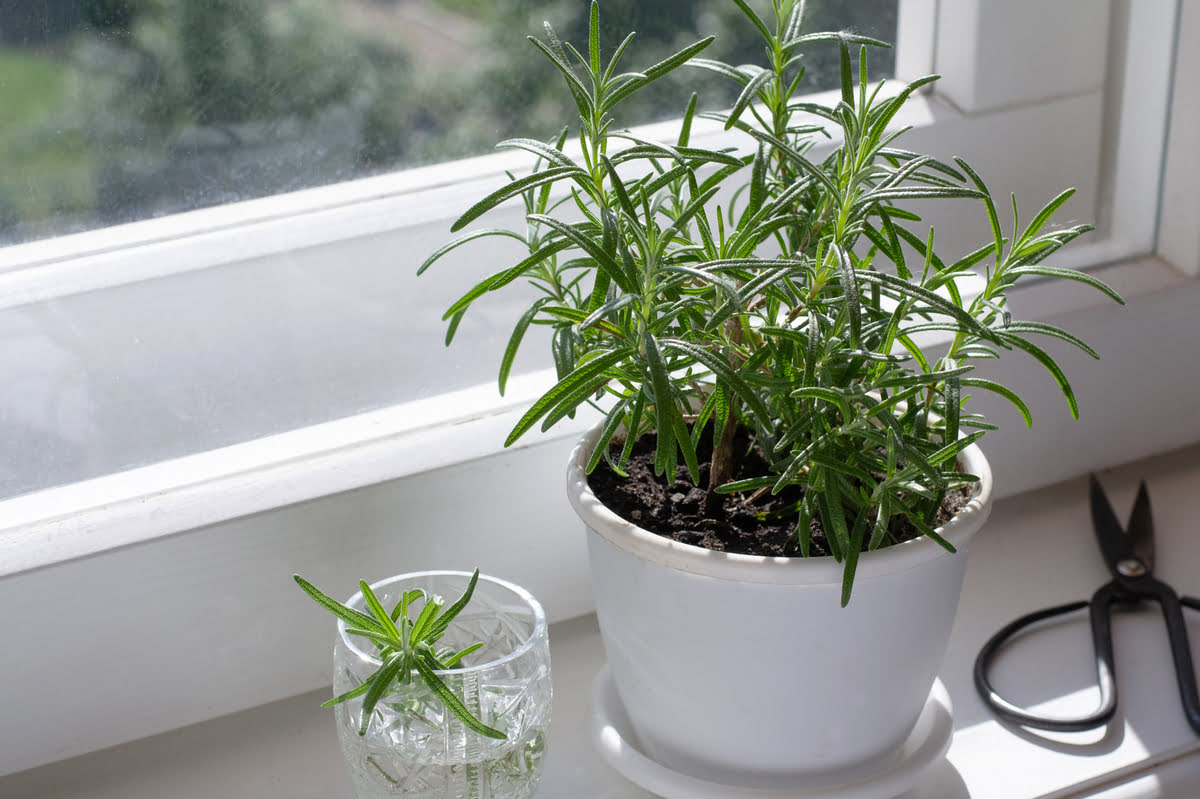Home>Gardening Tips and Tricks>Eco-Friendly Gardening>How Long Does Shredded Paper Take To Compost
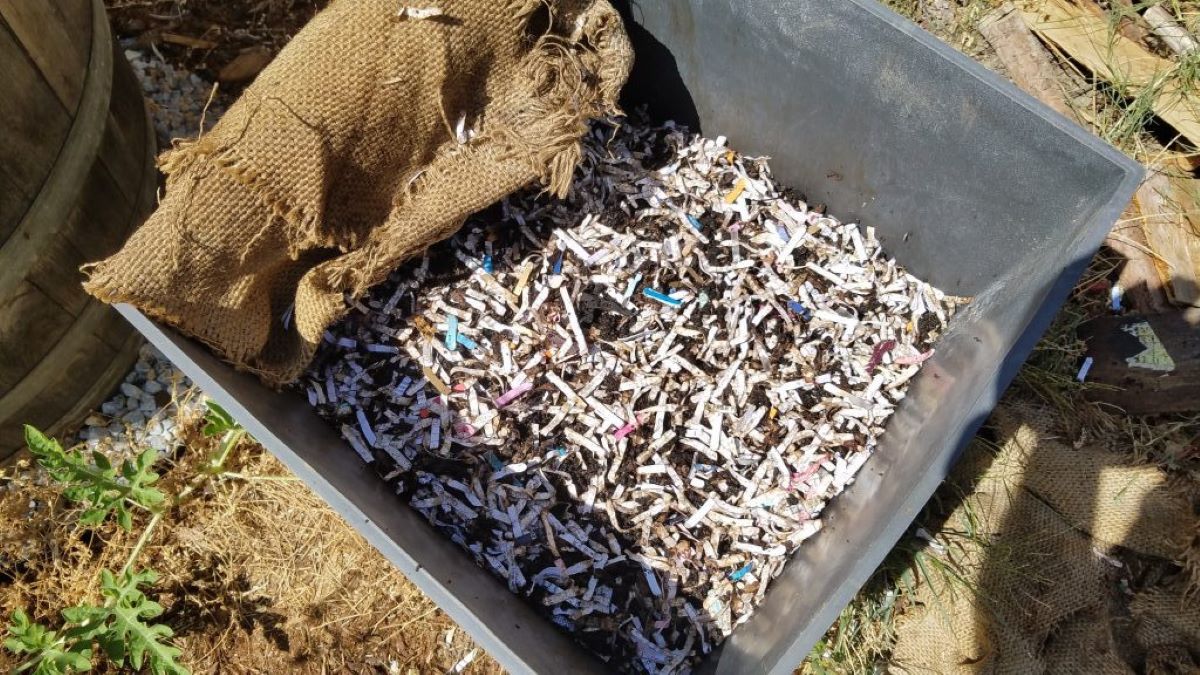

Eco-Friendly Gardening
How Long Does Shredded Paper Take To Compost
Modified: February 9, 2024
Discover how long shredded paper takes to compost and incorporate eco-friendly gardening practices into your routine for sustainable results.
(Many of the links in this article redirect to a specific reviewed product. Your purchase of these products through affiliate links helps to generate commission for Chicagolandgardening.com, at no extra cost. Learn more)
Table of Contents
Introduction
Welcome to the world of eco-friendly gardening! If you are passionate about gardening and sustainability, you’ve come to the right place. In this article, we will delve into the fascinating realm of composting and explore the composting time of shredded paper.
Composting is a natural process that involves the decomposition of organic materials into a nutrient-rich soil amendment called compost. It is not only an effective way to reduce waste but also provides numerous benefits for your garden. One popular material used in composting is shredded paper, which often accumulates in homes and offices as a byproduct of daily activities.
Shredded paper, such as newspaper, office paper, and cardboard, can be a valuable addition to your compost pile. It has a carbon-rich composition, which balances the nitrogen-rich materials like kitchen scraps and grass clippings. Additionally, using shredded paper in composting helps divert waste from landfills and provides a sustainable solution for managing paper waste.
Now, you might be wondering, how long does shredded paper take to compost? The answer to this question depends on various factors, such as the size of the paper pieces, the type of paper used, and the composting conditions. In the following sections, we will explore these factors and provide some tips to help you effectively compost shredded paper.
What is composting?
Composting is a natural biological process that decomposes organic materials into a nutrient-rich soil amendment called compost. It mimics the natural decomposition that occurs on the forest floor, where leaves, twigs, and other organic matter break down over time to create nutrient-rich soil.
The composting process is driven by microorganisms such as bacteria, fungi, and other decomposers, as well as earthworms and other macroorganisms. These organisms break down the organic matter, releasing nutrients and creating a dark, crumbly substance that is beneficial for plants.
Composting can be done on a small scale, such as in a backyard compost bin or pile, or on a larger scale, such as in municipal composting facilities. The process requires a balance of carbon-rich materials, also known as browns, and nitrogen-rich materials, known as greens.
Browns include materials such as dried leaves, straw, wood chips, and shredded paper, while greens include items like kitchen scraps, grass clippings, and garden waste. The carbon and nitrogen ratios in the compost pile, known as the C:N ratio, are important for the efficient decomposition of organic matter.
Composting is not only an effective way to reduce waste but also offers numerous benefits. It enriches the soil with essential nutrients, improves soil structure and water retention, suppresses plant diseases, and reduces the need for chemical fertilizers. Additionally, composting diverts organic waste from landfills, reducing greenhouse gas emissions and contributing to a more sustainable environment.
Now that we understand the basics of composting, let’s delve into the specifics of shredded paper and its role in this process.
Understanding shredded paper
Shredded paper refers to paper materials that have been processed through a shredder, resulting in small, finely cut pieces. It is commonly produced from various sources, including newspapers, office paper, cardboard, and packaging materials.
Shredded paper is an excellent addition to compost due to its carbon-rich nature. Carbon, also known as browns, is an essential component in composting as it provides the energy source for the microorganisms responsible for breaking down organic matter. It helps to create a balanced C:N ratio in the compost pile when combined with nitrogen-rich materials, such as kitchen scraps or grass clippings.
When using shredded paper in composting, it is important to ensure that it is free from any non-compostable materials, such as plastic or glossy paper. These materials can take longer to break down and may cause contamination in the compost. It is best to use plain, uncoated paper for composting purposes.
Shredded paper can also serve as a useful alternative to traditional carbon sources, such as dried leaves or straw. As it is already in small pieces, shredded paper integrates easily into the compost pile, allowing for better aeration and decomposition. The increased surface area of the shredded paper promotes faster microbial activity, accelerating the composting process.
Furthermore, using shredded paper in composting helps divert paper waste from landfills. Paper waste makes up a significant portion of municipal solid waste, and by composting it, we can reduce the environmental impact of paper production and disposal. Composting shredded paper is a sustainable solution that not only benefits your garden but also contributes to a greener and healthier planet.
Now that we have a better understanding of shredded paper, let’s explore the benefits it offers when used in composting.
Benefits of using shredded paper in composting
Using shredded paper in composting offers a range of benefits both for your garden and the environment. Let’s take a closer look at some of these advantages:
- Carbon source: Shredded paper provides a carbon-rich component to the compost pile, balancing the nitrogen-rich materials. This helps create the ideal conditions for microorganisms to thrive and break down organic matter efficiently.
- Improved aeration: The small, shredded pieces of paper help create air pockets within the compost pile. This improves airflow and ensures proper oxygen levels, which are vital for aerobic decomposition.
- Accelerated decomposition: The increased surface area of shredded paper speeds up the composting process. The finely shredded pieces facilitate faster microbial colonization and activity, leading to quicker breakdown of organic matter.
- Waste diversion: By composting shredded paper, you divert paper waste from ending up in landfills. This not only reduces the burden on landfill space but also helps mitigate the environmental impact of paper production and disposal.
- Moisture retention: Shredded paper absorbs excess moisture in the compost pile, helping to maintain optimal moisture levels. This prevents the compost from becoming too soggy and promotes a healthy, well-balanced environment for decomposition.
- Improved soil structure: Compost enriched with shredded paper enhances soil structure by improving drainage in clay soils and water retention in sandy soils. It also enhances the soil’s ability to hold nutrients, leading to healthier plants and improved overall garden productivity.
- Nutrient-rich soil amendment: The final product of composting shredded paper is a nutrient-rich soil amendment called compost. This organic matter adds essential nutrients to the soil, improving plant growth and overall soil fertility.
By utilizing shredded paper in composting, you not only contribute to the health of your garden but also participate in sustainable waste management practices. It’s a win-win situation for both you and the environment!
Factors affecting composting time of shredded paper
Several factors influence the composting time of shredded paper. Understanding these factors can help you optimize the composting process and achieve faster decomposition. Here are some key factors to consider:
- Paper size and thickness: The size and thickness of the shredded paper pieces can impact the composting time. Smaller, thinner pieces tend to decompose faster than larger, thicker pieces. Cutting the paper into smaller fragments can speed up the composting process.
- Carbon-to-nitrogen ratio: The carbon-to-nitrogen ratio, or C:N ratio, is crucial for efficient composting. Shredded paper has a high carbon content, so it is essential to balance it with nitrogen-rich materials. A C:N ratio of around 25-30:1 is ideal for promoting microorganism activity and speeding up decomposition.
- Composting conditions: The temperature, moisture levels, and aeration of the compost pile play a significant role in composting time. Microorganisms responsible for decomposition thrive in warm and moist conditions. Turning the compost regularly and maintaining the moisture levels between 40-60% help create an optimal environment for microbial activity and faster decomposition.
- Microbial activity: The presence of active microorganisms in the compost pile is crucial for decomposition. Introducing compost activators, such as finished compost or garden soil, can help inoculate the pile with beneficial bacteria and fungi, speeding up the breakdown of shredded paper and other organic matter.
- Mixing and layering: Proper mixing and layering of shredded paper within the compost pile promote uniform decomposition. Alternating layers of shredded paper with nitrogen-rich materials, such as kitchen scraps or grass clippings, helps introduce the necessary nitrogen for microbial activity and speeds up composting.
- Aeration: Adequate oxygen supply is essential for aerobic decomposition. Regularly turning or aerating the compost pile helps introduce oxygen and prevent compaction. This encourages the growth of aerobic microorganisms, which decompose organic matter faster.
- Additional additives: Supplementing shredded paper with other compost accelerators, such as compost tea or natural enzymes, can help speed up the decomposition process. These additives provide additional nutrients and microbial activity, resulting in faster composting.
It’s important to note that the composting time of shredded paper may vary depending on these factors. By optimizing these conditions and ensuring a balanced composting process, you can accelerate the decomposition of shredded paper and achieve nutrient-rich compost more quickly.
Composting methods for shredded paper
Composting shredded paper can be done using different methods depending on the available space, resources, and personal preference. Here are a few popular composting methods for incorporating shredded paper:
- Backyard compost bin: A backyard compost bin is a simple and convenient method for composting shredded paper. Choose a compost bin or build one using materials like wire mesh or wooden pallets. Layer shredded paper with nitrogen-rich materials such as kitchen scraps, grass clippings, and garden waste. Turn the pile regularly to promote aeration and decomposition.
- Trench composting: Trench composting involves digging a trench or pit in your garden and burying the shredded paper along with other organic materials. Create alternate layers of shredded paper and nitrogen-rich materials to maintain a balanced C:N ratio. Cover the trench with soil and allow the materials to decompose over time.
- Sheet composting (lasagna method): Sheet composting, also known as the lasagna method, involves layering organic materials directly on the ground. Start with a layer of shredded paper followed by a layer of nitrogen-rich materials like kitchen scraps or grass clippings. Continue alternating the layers until reaching the desired height. Allow the materials to decompose gradually over time without turning or aerating the pile.
- Vermicomposting: Vermicomposting is the process of composting with the help of worms. Create a worm bin using a container with ventilation and drainage holes. Layer shredded paper with kitchen scraps and bedding materials like coconut coir or peat moss. Add composting worms, such as red wigglers, which will feed on the materials, producing nutrient-rich castings.
- Bokashi composting: Bokashi composting utilizes a fermented inoculant to break down organic waste, including shredded paper. Collect shredded paper in a Bokashi bucket or bin and sprinkle the inoculant over the materials. Seal the container and allow it to ferment for a few weeks. Once fermented, bury the material in soil or add it to a traditional compost bin for further decomposition.
Choose a composting method that suits your needs and resources. Whichever method you choose, remember to maintain the ideal C:N ratio, provide proper aeration, and keep the compost pile adequately moist. With time and proper care, your shredded paper will transform into nutrient-rich compost for your garden.
Average time for shredded paper to compost
The average time for shredded paper to compost can vary based on several factors. Generally, shredded paper takes about 3 to 6 months to fully break down and transform into compost under optimal conditions. However, it is important to note that composting is a natural process, and the exact time can be influenced by various factors.
The size and thickness of the shredded paper pieces play a role in composting time. Smaller and thinner shreds decompose faster than larger or thicker pieces. Therefore, cutting the paper into smaller fragments can expedite the composting process.
The composting conditions also affect the time required for shredded paper to compost. Microorganisms responsible for decomposition thrive in warm and moist environments. Maintaining the compost pile at temperatures between 120°F to 160°F (48°C to 71°C) and moisture levels around 40% to 60% can help accelerate the breakdown of shredded paper and other organic materials.
The presence of active microorganisms is crucial for efficient composting. Introducing compost activators, such as finished compost or garden soil, can help inoculate the pile with beneficial bacteria and fungi. This can speed up the breakdown of shredded paper and promote faster decomposition.
Additionally, proper aeration and turning of the compost pile provide oxygen to the microorganisms, enhancing their activity and speeding up the composting process. Regularly mixing and layering the shredded paper with nitrogen-rich materials, maintaining the ideal carbon-to-nitrogen ratio, and providing the necessary aeration can optimize composting time.
It is important to note that these are average timeframes, and variations can occur. The actual composting time for shredded paper can be influenced by factors such as the specific type of paper used, the overall composition of the compost pile, and even environmental conditions such as temperature and humidity.
By considering these factors and creating optimal composting conditions, you can expect shredded paper to compost within a few months. Regular monitoring of the compost pile’s temperature, moisture content, and proper turning will ensure efficient decomposition and hasten the transformation of shredded paper into nutrient-rich compost for your garden.
Tips for composting shredded paper effectively
Composting shredded paper can be a rewarding and effective way to reduce waste and create nutrient-rich compost for your garden. To ensure successful composting, consider the following tips:
- Prepare the paper: Remove any non-compostable materials, such as plastic or glossy paper, before shredding. Stick to plain, uncoated paper for composting purposes.
- Balance carbon-to-nitrogen ratio: Mix shredded paper with nitrogen-rich materials, such as kitchen scraps or grass clippings, to maintain a balanced carbon-to-nitrogen ratio. Aim for a ratio of 25-30 parts carbon to 1 part nitrogen for optimal decomposition.
- Cut or shred into small pieces: Shred or cut larger pieces of paper into smaller fragments to speed up the composting process. Smaller pieces decompose more quickly and contribute to better overall compost consistency.
- Layer the compost pile: Alternate layers of shredded paper with other organic materials to promote uniform decomposition. Layering nitrogen-rich and carbon-rich materials allows for proper airflow and microbial activity.
- Maintain moisture levels: Ensure the compost pile has adequate moisture levels, aiming for 40-60% moisture content. Add water if the pile is too dry or use a cover to prevent excessive moisture loss during rainy periods.
- Turn the compost pile: Regularly turn or mix the compost pile to aerate it. This allows for proper oxygen circulation and helps distribute moisture and microorganisms throughout the pile. Turning the pile every few weeks speeds up the decomposition process.
- Use compost activators: Introduce compost activators, such as finished compost or garden soil, to provide a rich source of beneficial microorganisms. These activators can help jumpstart the decomposition of shredded paper and other organic materials.
- Monitor temperature: Keep an eye on the temperature of the compost pile. Ideally, it should be between 120°F to 160°F (48°C to 71°C) to promote optimal microbial activity. Adjust the pile’s composition or moisture content if the temperature becomes too high or low.
- Be patient: Composting takes time, and shredded paper is no exception. Be patient and allow the process to unfold naturally. With proper care and maintenance, you will soon have nutrient-rich compost ready for use in your garden.
By following these tips, you can compost shredded paper efficiently, contributing to sustainable waste management and creating a valuable resource for your garden.
Conclusion
Composting shredded paper is a fantastic way to reduce waste, create nutrient-rich compost, and contribute to a healthier environment. By understanding the composting process, the benefits of using shredded paper, and the various factors that influence composting time, you can effectively incorporate shredded paper into your composting routine.
Shredded paper serves as a valuable carbon source, balancing the nitrogen-rich materials in the compost pile and improving overall compost quality. It helps divert paper waste from landfills and contributes to sustainable waste management practices.
When composting shredded paper, consider factors such as paper size, the carbon-to-nitrogen ratio, composting conditions, and microbial activity. Optimizing these factors will accelerate the composting process and yield nutrient-rich compost for your garden.
Experiment with different composting methods, such as using a backyard compost bin, trench composting, sheet composting, vermicomposting, or Bokashi composting, to find the approach that best fits your needs and resources.
Remember to prepare the shredded paper properly, layer it effectively, maintain the moisture levels, turn the compost pile regularly, and be patient as the natural decomposition process takes place. Through these practices, you can harness the potential of shredded paper and create valuable compost that enriches your soil and supports healthy plant growth.
So, embrace the eco-friendly gardening journey, and start composting shredded paper today. By doing so, you not only contribute to a greener planet but also create a sustainable and fruitful environment for your garden.
